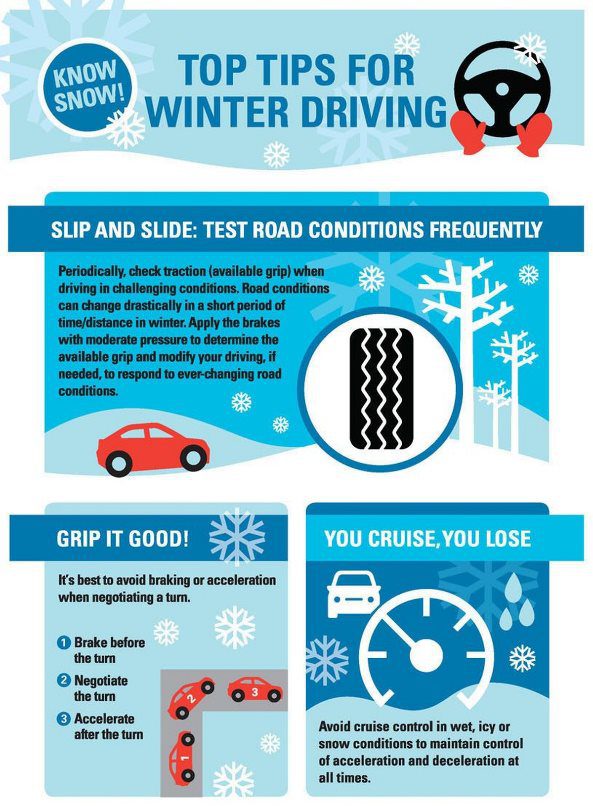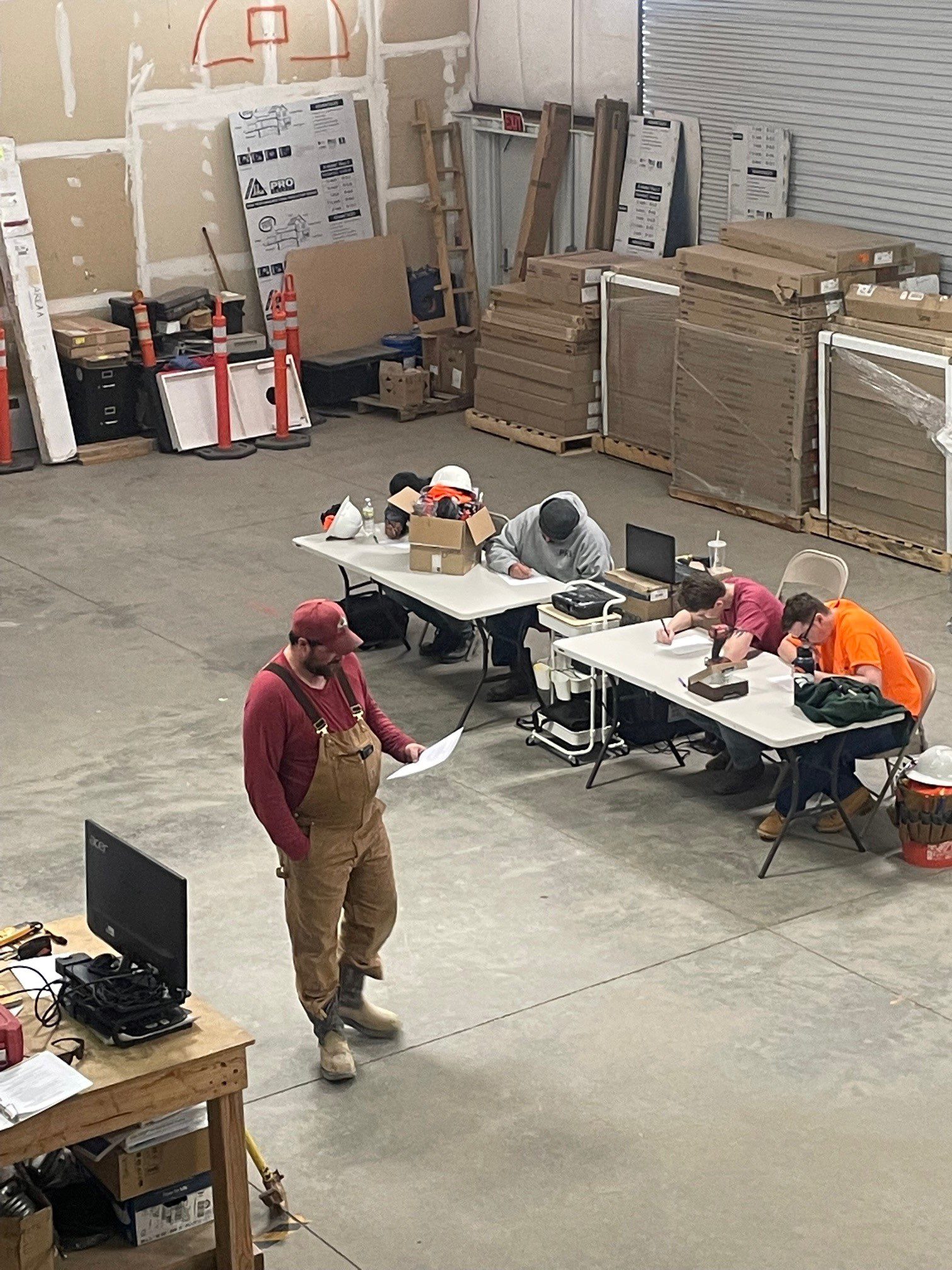[Colorado Makes National Headlines with a 100-Car Accident in Denver]

Regardless of where you are, you may have seen the national news recently about the 100-car crash at 6th & Kalamath in Denver, following a winter storm. This incident enforces the need to general safe winter driving awareness and practices.
Safe winter driving starts with experience and caution. Lowering your speed and maintaining a safe distance between vehicles increases precious seconds of reaction time if conditions quickly worsen or if an accident occurs ahead of you.
With time, you gain experience identifying misleading conditions (like black ice) and other drivers’ behaviors. Vehicle maintenance provides another essential layer of safety.
Tips for Winter Car Care
> Tires: Tires are the #1 critical need because good tires are the most essential item to maintain each winter. Your tire tread should be 6/32 or greater — if your tires do not have the required tread depth, they will have trouble keeping up with precipitation—meaning, your tires won’t be able to contact the road, causing your car to hydroplane and possibly cause an accident.
If you need new tires, contact your local tire/auto dealer and get them approved to make them a priority before snow and slush become a permanent fixture on the roadways. In addition, tire pressures can fluctuate with temperature changes. Maintain tire pressure for vehicle control and to get the best gas mileage in any weather conditions.
> Wipers: Torn wipers cause major visibility issues. It’s best to use contour blades that have a metal band in them. Most newer vehicles come equipped with them. Quality blades ensure the best visibility in unsafe conditions.
> Winter Windshield Washer Fluid: Winter washer fluid tolerates much colder temperatures to prevent freezing. Try to use cold weather windshield washer fluid before temperatures drop. It’s also important to scan your windshield for any visible chips or cracks.
When the temperatures turn cold, those small chips and cracks can turn into a big problem. If you fix these small problems early, you can prevent replacing the entire windshield when it spreads, which is a much more expensive fix.
> Don’t Forget the Basics: Take your vehicle for some routine scheduled maintenance like oil changes and tire checks.
> Headlights: Headlights make a big difference for safety, too. Make sure they are kept clean in bad weather.
> Clean Windows and Mirrors: Having full visibility helps immensely when you need to keep your eyes on the road. A clean exterior keeps your forward collision warning (FCW), automatic emergency braking (AEB) and other features your vehicle may use reading their surroundings correctly.
Dirt, debris, snow, and ice can get stuck under wipers and the hood. If these areas freeze because of blockages and buildup, water will run somewhere — most likely into the vehicle where it can cause electrical problems, wet carpets, bad odors and rust.
> Alignment: Vehicles need correct alignment for advanced safety systems to report correctly. If your vehicle is pulling or if the steering wheel is off center, you probably need an alignment.
What to Do After a Winter Slip-Up
Slow speeds, safe distances and time behind the wheel will help you stay safe while driving in bad conditions.
Remember to protect yourself in layers to keep you and your vehicle safe this winter. Whenever you’re traveling it is a good idea to have an emergency kit in your vehicle, like safety triangles, water, food, blankets, spare tire, and extra clothing.
You may think you are driving safely in the winter, but following these additional safety tips should prevent you from making national headlines! Until next time…Work Safe, Be Safe!




